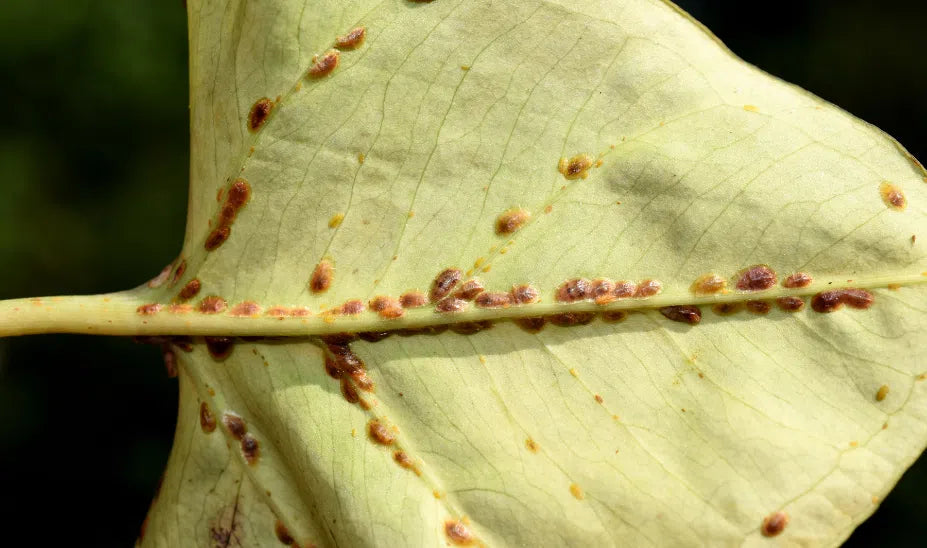Slugs – Fight them naturally, protect your garden
Slugs are voracious pests that cause significant damage in many gardens. Here's how to identify an infestation, combat it in an environmentally friendly way, and effectively prevent future damage.
An overview of the pest
Slugs (Limacidae) love moist, shady places and prefer to eat young plants, vegetables, and flowers. Their presence can be reliably controlled with natural means.
Life cycle of slugs
A female lays up to 100 eggs in moist soil. After a short time, the larvae hatch and grow rapidly. Populations can multiply rapidly, especially in warm, humid weather. Early action is therefore crucial.
How to recognize an infestation
- Feeding marks and holes in leaves
- Damaged flowers and plant remains
- Slime trails on leaves and paths
- Egg piles in the soil or under plants
Natural methods to combat
- Slug nematodes (Phasmarhabditis hermaphrodita): Penetrate snails and reliably end their life cycle.
- Snail traps: Catch and reduce the population sustainably.
- Beer traps: Attract snails and prevent further damage.
- Natural barriers: Coffee grounds, eggshells or gravel make it difficult to advance.
- Defensive plants: Lavender, rosemary or mint also help.
Preventive measures
- Minimize damp, shady areas
- Remove leaves and plant residues regularly
- Use copper bands or gravel strips as a barrier
- Use nematodes specifically in spring and autumn
Products for natural control
Our recommendations for your garden:
- Slug nematodes (Phasmarhabditis hermaphrodita) – Effective and sustainable against slugs
- Snail traps – For safe population reduction
Conclusion
With natural methods such as snail-parasitic nematodes and targeted preventative measures, you can protect your plants in the long term – in an environmentally friendly and sustainable way.










